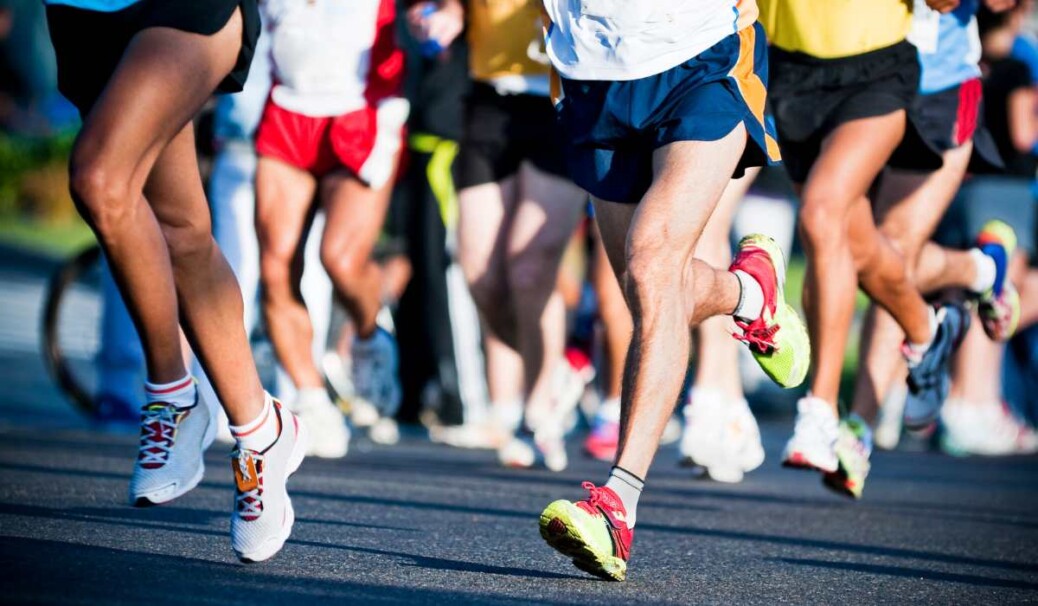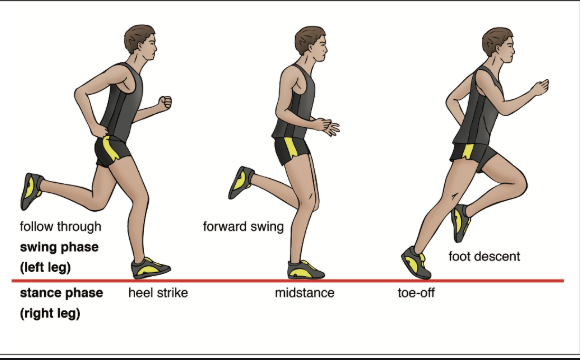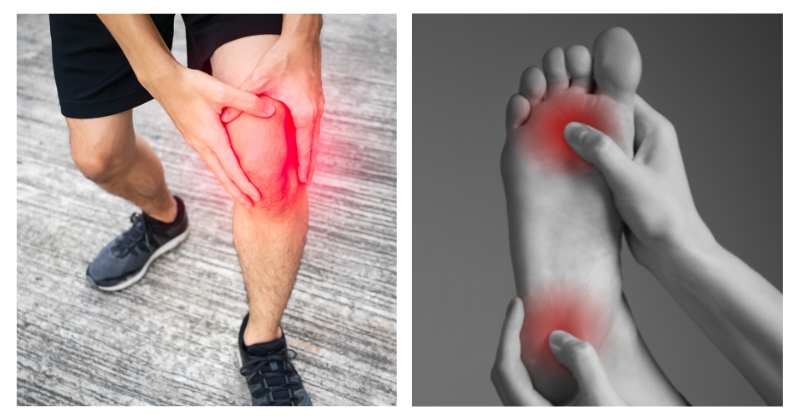Written by Czarina Mangubat
Over the past few decades, running has been an increasingly popular activity for people. Aside from its health benefits, it is a convenient and cost-effective form of exercise. Due to this increasing trend in running over the years, marathons are popular all over the world.
People train and run for half or full marathons. For more competitive athletes, taking part in the Iron Man Challenge is their ambition or goal. But, because running involves a repetitive biomechanical process, runners are often faced with overuse injuries.
Biomechanics of the Body When Running
There are three phases of running. The first phase is called the stance phase where one leg is in constant contact with the ground. This leg is the one responsible for propelling the body forward.
Once this leg pushes the body, the swing phase begins. This is where the leg is swung in front to descend and absorb the impact of the weight of the body.
Between both the stance phase and the swing phase is the period of floating. This happens during running when both feet are not in contact with the ground. Running requires coordination, balance, strength, and endurance. These are essential for the body to perform the exercise efficiently and properly. It requires strength so the body recruits more muscles to be able to propel the body forward and absorb the impact of the weight of the body during stance phase.
Coordination and balance play a role since both legs are simultaneously in the swing and stance phase. The body then requires endurance because running utilizes aerobic energy. Over time, the body tends to become more prone to overuse injuries because of the repetitive motion of the legs during running.
Common Running Injuries: When Your Legs Start Telling You Different
Leg injuries are the most common type of injuries for runners of all experience levels. Among the joints in the leg, the knee is the most injured, followed by the ankle, hip, and the feet due to overuse. These injuries are usually caused by repetitive trauma to one or more joints which happens when the structures surrounding the joint or the joint itself is pushed beyond its capacity. Overtraining without adequate rest and recovery places a heavy amount stress, leading to these kinds of injuries.
Runners find themselves suffering from tendonitis, or more specifically, patellofemoral pain syndrome and Achilles tendonitis.
Patellofemoral pain syndrome, also know as runner’s knee is when the surrounding structures around the knee and the knee cap itself are inflamed. This is triggered by increased friction between the patella (knee cap) and the knee joint – inflamed tendons, tight muscles, and muscle imbalances surrounding the knee joint.
Achilles tendonitis occurs when runners suddenly increase the intensity of their training, like when a runner would go from 5 kilometer runs to 20 kilometers immediately during their training programme.
Both injuries present with pain during movement and can be relieved with adequate rest. Sometimes, it would be aggravated when weight is placed on the affected joint.
Treatment: Wooing Your Legs to Run for You Without it Saying Otherwise
After marathons, some runners would seek professional help. Previous injuries that were not entirely addressed prior to running the marathon usually aggravate the injury, making the runner to become more susceptible to overuse injuries.
There is no specific, one-size-fits-all program when it comes to marathons. Every person is built differently with varying needs. A thorough assessment on the nature of pain, injury, static posture, and running posture would guide the therapist on the necessary and appropriate training protocols. Eliminating the pain is the first goal when dealing with injuries. This is followed by addressing the muscle imbalances around the hip, knee, ankle, and foot. A combination of manual therapy and flexibility exercises are done to address the muscle imbalances.
During this time, however, runners are still engaged in aerobic training to maintain their current aerobic fitness. Circuit training is often recommended to get that heart rate up while in the recovery phase. From this point, a gradual increase in distance running is done to avoid overuse injuries.
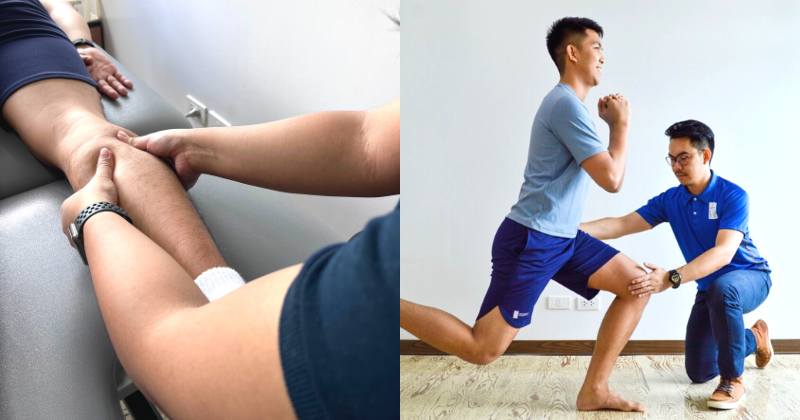
How to Steer Clear from the Aches and Pains
At Prohealth Sports & Spinal, our physiotherapists provide running assessments for runners and multi-sport athletes. The programme includes a thorough assessment of the individual’s posture during standing and running to produce a better understanding of the runner’s overall biomechanical status.
Static standing posture assessment provides information on the runner’s weight bearing status on hips, knees, ankles, and feet. From there, our physiotherapists can use the information to guide the client on proper form and footwear prior to exercise. Running assessment would help determine the runner’s form, posture, and joint movements during running.
Early identification of the type of injury would help determine the appropriate recovery plan and training program. Proper shoe modification and a personally tailored strength and conditioning program has been proven to positively influence a runner’s performance.
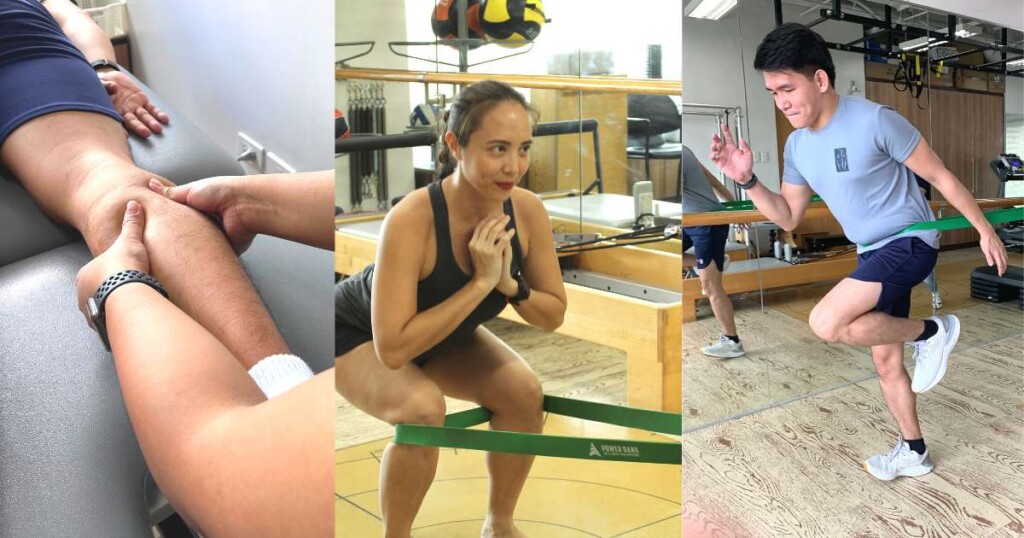
Need Help? Contact Our Physiotherapists Today
If you are experiencing any injuries or discomfort from running, or need physiotherapy advice on your running training and performance, feel free to reach out to us!
Telephone: (02) 7 793 8762
WhatsApp: 956 914 8260
Email: appt@sportsandspinal.ph

Written by: Czarina “Cha” Mangubat
Czarina is an experienced physiotherapist using a range of physical techniques to improve mobility, flexibility, stability, strength and conditioning. She always enjoys seeing patients recover which inspires her to fulfil her role as a movement expert.
References
Blagrove, R. C., Howaston, G., & Hayes, P. R. (2018). Effects of Strength Training on the Physiological Determinants of Middle- and Long- Distance Running Performance: A Systematic Review. Sports Medicine, 1117-1149.
Raghunandan, A. M., Charnoff, J. N., & Matsukawa, S. T. (2021). The Epidemiology, Risk Factors, and Nonsurgical Treatment of Injuries Related to Endurance Running. American College of Sports Medicine, 306-311.
Hsu, C. L., Yang, C.-H., Wang, J.-H., & Liang, C.-C. (2020). Common Running Musculoskeletal Injuries and Associated Factors among Recreational Gorge Marathon Runners: An Investigation from 2013 to 2018 Taroko Gorge Marathons. International Journal of Environmental Research and Public Health, 1-13.

